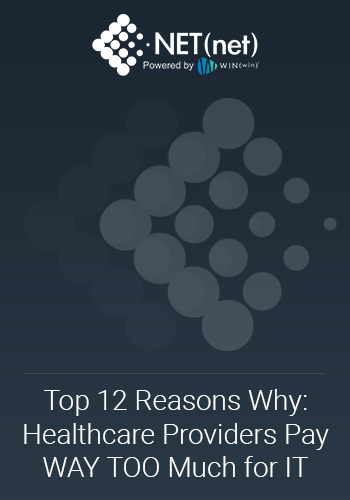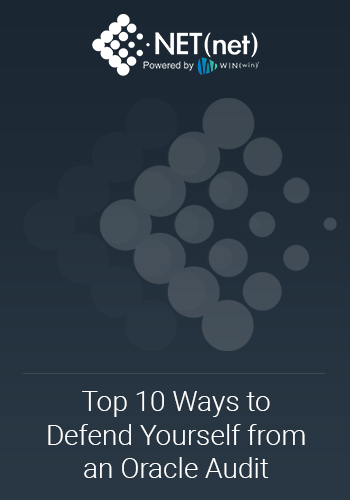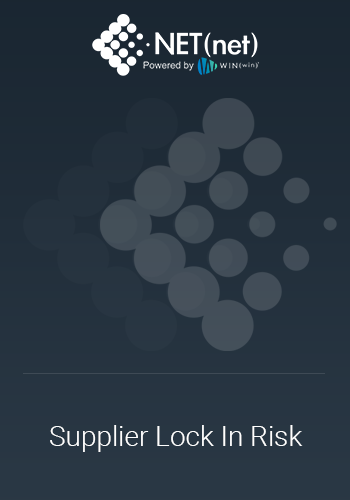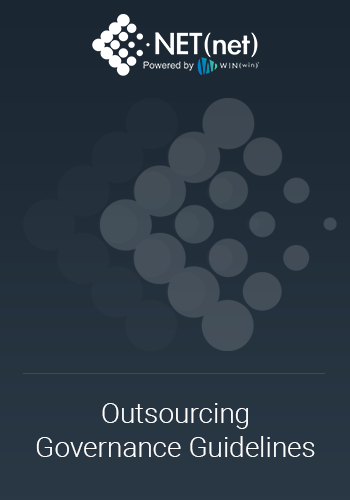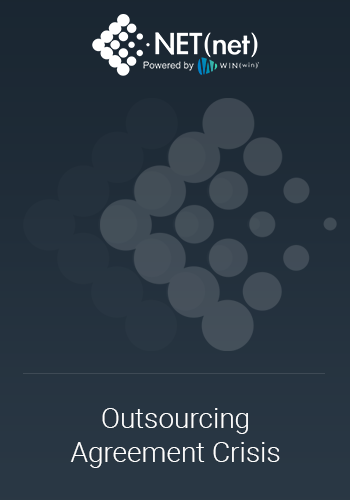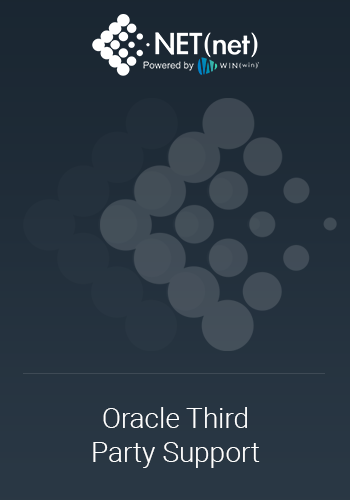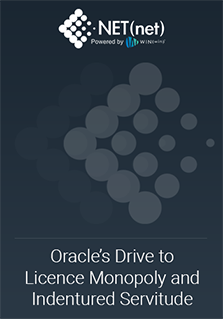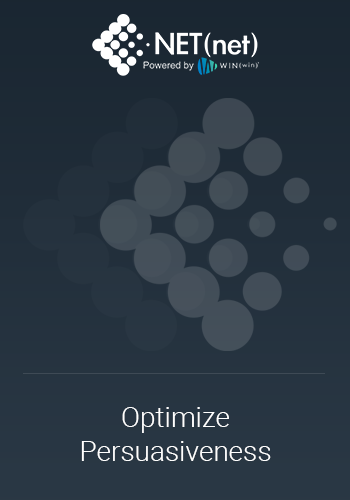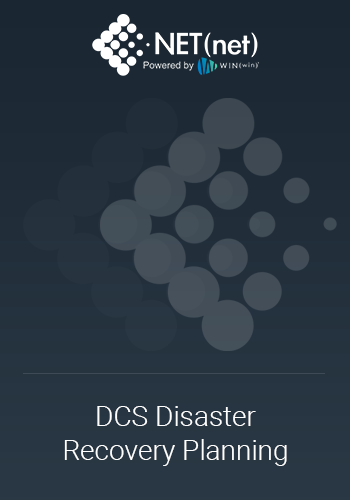Top 5 Ways to Expose Traps and Quash Hidden Costs
Executive Summary
Investing in technology is crucial for business success. Whether it is to modernize, digitally transform, and/or to improve organizational performance; but hidden costs and vendor manipulations often erode expected value. This blog explores five actionable strategies—detailed spend analysis, price benchmarking, supplier audits, contract reviews, and optimization tools—that can help client organizations expose cost traps, and quash hidden costs, ensuring maximum value from their technology investments. By addressing these challenges, businesses can significantly reduce costs, mitigate risks, and enhance their overall ROI.
Preface:
Introduction
Imagine it's the end of the fiscal year. You've stretched your budget thin, trusting that the high-tech solutions provided by your vendors would bring in the promised efficiencies. But despite the compelling sales pitches and enticing demos, the reality is far from what you expected. According to a recent study, nearly 60% of enterprises faced unexpected expenses in tech investments, with 40% reporting underwhelming results.
From vendor mysticism—where service providers over-sell their capabilities—to vendor tyranny—where customers are locked into unfavorable terms—it's a jungle out there. Moreover, predatory pricing often leaves companies with little choice but to continue paying exorbitant rates due to the near monopoly status of many suppliers in their technology value chains due to technical dependencies, strong preferences due to previous investments in training and integrations, and/or the high costs of switching.
The Question:
Are you tired of paying way more than you should to get way less than you deserve? Want to learn how to level-up your IT vendor negotiation game? Then read on.
The Top 5 Ways to Expose Cost Traps and Squash Hidden Costs
Tip #1 - Detailed Spend Analysis:
Conducting a detailed spend analysis should be your first step in identifying hidden costs. By meticulously examining spend data such as budgets, contracts, and payables information, anomalies, discrepancies, and/or unexpected charges will come to light. For instance, one of our clients discovered they had been overcharged by 25% annually due to ambiguous terms in their cloud computing agreements. Once those chargers were determined to be not only over-budget, but also extra-contractual, they were quickly quashed. It is a best practice recommended by NET(net) to regularly vet these documents to gain clarity and ensure that every expense is planned for, contractual, and business justified.
Technology vendors sometimes use complex billing schemes that often confuse customers, easily masking sneaky add-ons and inflated charges. It is not uncommon to see mysterious “maintenance fees” and additional “consumption charges” that suddenly appear - even though those charges were never anticipated in the financial planning, and not articulated in the contractual agreement. A thorough analysis can expose these hidden costs and give you the leverage needed to renegotiate terms or switch providers if your vendor does not cooperate.
Furthermore, scrutinizing your spending will help you map out patterns and trends, making you more informed and better prepared for future negotiations. Don’t be the customer who pays blindly without a full understanding; work with us to be the one who’s acutely aware of every dollar being spent.
Tip #2 - Price Benchmarking:
Price Benchmarking involves using federated market intelligence to compare your spending and contract terms with industry-best rates. By doing this, you can clearly highlight areas where you may be overpaying. Imagine discovering you’re shelling out more than TRIPLE your peers for a basic software suite! Such insights are eye-opening and actionable.
Price Benchmark Reports are incredibly useful for providing a comparative analysis of cost structures, helping to ensure you are not falling prey to vendor exploitation and bad deal-making. A client of ours recently used our price benchmarking reports to identify that they were about to overpay by more than TRIPLE for their SaaS platform, amounting to a potential savings of $1.3M on a projected $2.2M of spend.
It’s not just about identifying areas of overspending; price benchmarking can also reveal the value you’re getting compared to your peers. Perhaps a slightly more expensive service offers significant benefits others aren’t getting. Knowing this can also make for powerful negotiation leverage. At NET(net), we recommend price benchmarks to help you understand the market value of your proposed solutions. From there, negotiations generally take shape with both cooperative and potentially disruptive strategies depending on the vendor's response, but the knowledge of the market value is invaluable in helping you to fortify your position.
Tip #3 - Supplier Audits:
Regularly auditing your supplier (financial) relationships is crucial for uncovering hidden fees and unnecessary services. In many cases, client organizations only realize they have been subject to predatory practices after conducting thorough audits. For instance, many vendors bundle unnecessary or underutilized services into large contracts, essentially forcing customers to pay for what they don’t need or don't fully utilize.
An audit will track the financials of each vendor relationship meticulously, identifying any discrepancies or services you are being charged for but not using. One of our clients discovered that they were paying for disaster recovery services that weren’t even compatible with their current systems. This revelation led to a revised contract, saving them $450,000 annually.
By conducting regular audits, you stay on top of your vendor relationships, ensuring that you’re receiving the full value of what you’re paying for. It’s a proactive approach to managing costs and negotiating better terms.
Tip #4 - Contract Reviews:
Regularly reviewing and analyzing supplier agreements is a practice often overlooked but incredibly crucial. Contracts can be filled with jargon and clauses that trap customers into paying more over time. By keeping a close eye on these agreements, you can pinpoint commitments and potential hidden costs before they become a budgetary burden.
Enlist the support of NET(net). Our legal and financial experts comb through the fine print. We helped one client discover a clause in their contract that subjected them to annual cost increments far above market rates and helped them renegotiate that clause to save substantial amounts over the contract’s lifespan.
Contract reviews should not be a one-time event but a continuous process. Set reminders to revisit terms annually or bi-annually, especially before renewal dates. This gives you the upper hand to renegotiate terms that have historically been disadvantageous. At NET(net), we not only recommend a contractual review, but we also recommend using a contract management system like WIN(win), to set contextual alerts and reminders for various milestones that flag contract dependencies, especially those that expose your organization to potential cost and risk.
Tip #5 - Optimization Tools:
Employing optimization tools can make a world of difference. Proprietary tools can analyze your organization’s requirements and compare them against alternative supplier options to find better strategic and/or economic value. These tools can scrutinize varied supplier metrics, including cost, performance, and reliability, helping you make informed buying decisions.
For example, one of our clients recently utilized our AI-powered toolsets to evaluate its subscription tiers. The detailed insights revealed that the client could optimize usage and move to a more cost-effective plan, saving 30% in annual expenses. Optimization tools take the guesswork out of vendor selection and solution configuration, providing evidence-based data-driven recommendations to streamline costs without compromising on value.
Moreover, optimization tools are continuously updated with the latest market trends and pricing models. By keeping abreast of these changes, you maintain the upper hand in negotiations, positioning your company for better deals and enhanced value. At NET(net), we have a full suite of AI-powered tools that leverage Robotic Process Automation and Machine Learning to provide actionable insights that can help you save money and improve value. You can find more information about this at www.netnetweb.com.
Summary
- Top 5 Actionable Recommendations:
- Detailed Spend Analysis: Employ detailed analysis to outline and review all supplier invoices and contracts. Identify discrepancies and overcharges to negotiate fair terms.
- Benchmarking: Utilize market intelligence to compare your spending and contract terms with industry standards. Highlight areas of overpay and leverage for better deals.
- Supplier Audits: Conduct regular audits to discover hidden fees and unnecessary services. Use findings to renegotiate and cut costs.
- Contract Reviews: Regularly review your supplier agreements to catch hidden terms and financial obligations. Seek legal and financial advice when necessary.
- Optimization Tools: Utilize proprietary tools to assess your requirements and explore alternative suppliers for better strategic and/or economic value.
References
- "The Hidden Costs of Cloud Computing: How to Avoid Overspending" by Forbes: https://www.forbes.com/sites/joemckendrick/2013/07/17/hidden-costs-of-cloud-computing-revealed/
- "The Dark Side of Technology Contracts: Hidden Costs and How to Avoid Them" by The Wall Street Journal: https://www.wsj.com/articles/companies-sue-tech-firms-after-outages-but-its-an-uphill-battle-9fc0ab56
- "10 Ways to Reduce Your IT Costs Without Sacrificing Quality" by CIO Magazine: https://raiserecruiting.com/10-strategies-top-cios-use-reduce-costs/
Quotes
Here are 5 quotes from prominent business leaders emphasizing the importance of cost-cutting in technology:
- Elon Musk: "We need to make artificial intelligence accessible to everyone, and that means driving down the cost of development and deployment."
- Jeff Bezos: "We're always looking for ways to reduce costs and improve efficiency, especially in our technology infrastructure."
- Satya Nadella: "The only way to stay competitive is to continuously innovate and drive down costs."
- Sundar Pichai: "Technology should be accessible to everyone, and that means we need to make it more affordable."
- Marc Benioff: "We believe in the power of technology to change the world, but it's important to use it wisely and efficiently."
Conclusion
Understanding and managing hidden technology costs are essential for maximizing value from IT investments. Employing detailed spend analysis, benchmarking, supplier audits, continuous contract reviews, and leveraging optimization tools can save businesses significant amounts of money. In doing so, companies mitigate risks, reduce unnecessary expenditures, and ensure that they harness the full potential of their technological investments. NET(net) offers an array of services tailored to help businesses navigate these complex negotiations, ensuring they lower costs and enhance value.
Call to Action
The relentless pursuit of profit by IT vendors, often at the expense of product quality and customer service, has created a chasm between the value delivered and the costs incurred by enterprise customers. This unsustainable imbalance not only erodes customer profit margins but also stifles innovation and competitive advantage. It's a moral and financial imperative to break free from this cycle of exploitation, reclaiming control over IT expenses and redirecting those funds into strategic initiatives that drive growth and success. The financial rewards of disrupting this status quo are immense. By demanding better terms, exploring alternative solutions, or even severing ties with underperforming vendors, enterprises can unlock significant cost savings, enhance operational efficiency, and gain a competitive edge. The time for complacency is over. It's time to take charge, challenge the norm, and reshape the vendor-customer relationship. Are you ready to seize this opportunity? NET(net) is your partner in this transformative journey, providing the expertise and support you need to achieve your goals. Let's redefine the rules of the game and create a future where technology truly empowers the future your business, rather than keeping you in bondage as a slave to the past.
NET(net) can help you achieve success, so Act Now.
About the Author
Steven C. Zolman is a leading expert in technology investment optimization and the founder, owner, and executive chairman of NET(net), Inc., the world's leading technology investment optimization firm. With over 30 years of industry experience, Mr. Zolman has helped client organizations of all sizes maximize the value of their technology investments by minimizing cost and risk and maximizing the realization of value and benefit.
About NET(net)
Founded in 2002, NET(net) is the world’s leading IT Investment Optimization firm, helping clients find, get, and keep more economic and strategic value in their technology supply chains. Over the last 20 years, NET(net) has influenced trillions of investment, captured hundreds of billions of value, and has helped clients cost and value optimize all major areas of IT Spend, including XaaS, Cloud, Hardware, Software, Services, Healthcare, Outsourcing, Infrastructure, and Telecommunications, among others. NET(net) has the experience you want, demonstrates the expertise that you need, and delivers the performance you demand and deserve. Contact us at info@netnetweb.com, visit us online at www.netnetweb.com, or call us at +1 (616) 546-3100 to see if we can help you capture more value in your IT investments, agreements, deployments, and relationships.
NET(net)’s Website/Blogs/Articles and other content is subject to NET(net)’s legal terms, offered for general information purposes only, and does not constitute legal advice. While NET(net) may offer views and opinions regarding the subject matter, such views and opinions are those of the content authors, are not necessarily reflective of the views of the company and are not intended to malign or disparage any other company or other individual or group.

